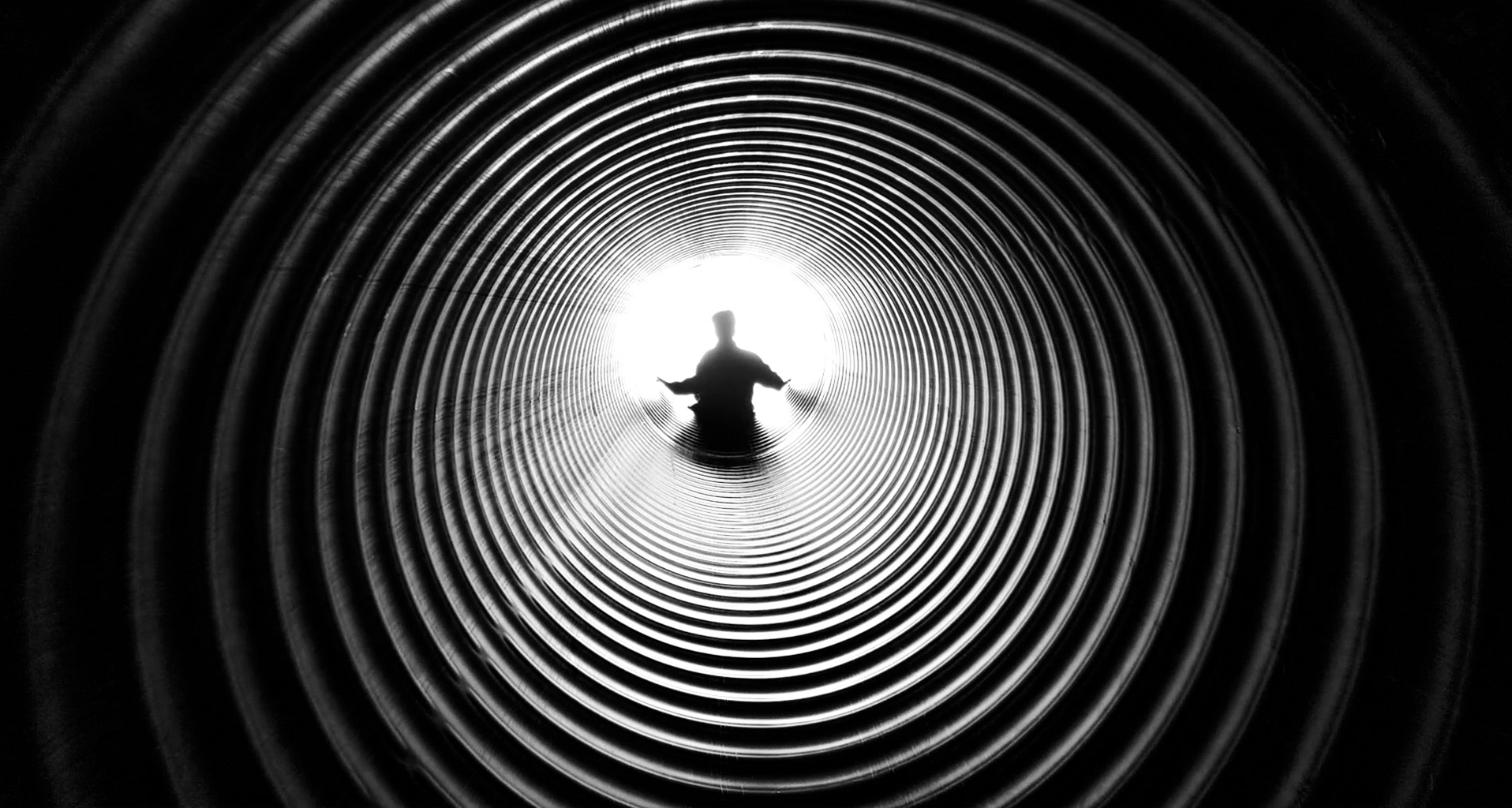“Every rose has its thorn.”
-Bret Michaels
There is a common belief that spirituality and personal development should always make us feel great, on point, and in tune. So much so, that when this doesn’t happen, would-be soul-searchers run for the hills; seeking refuge in the most convenient distraction the ego can offer up.
It’s no wonder that popular spirituality teachings often lead with sentiments like: “if it doesn’t make you feel good, you’re doing wrong” or “follow your bliss” or “fake it until you make it”. And even though there isn’t anything fundamentally wrong with these statements, they can be misleading if misinterpreted. (Like most spiritual concepts).
The first way that we get confused is by forgetting that spirituality and Joy are one in the same.
The second is not appreciating that Joy, like spirituality, can be complicated.
Joy is the result of a trained mind. It cannot be instantly manufactured with positive thinking alone or fancies of the mind. Happiness can… maybe, but Joy is a more profound state. It is a constant. From Joy we weather the most severe storm, appreciate the darkest moments and see possibilities and light where none currently exist.
Joy is forged, shaped and created in the fires of discomfort, disappointment and failure. Joy can only be seen in pain’s reflection. Ultimately, this is how we grow spiritually—by working through the rough times. The operative word here is “work”.
We may wish that Joy can be fast-tracked or manufactured with so-called positive feelings, but shortcuts never work in personal development.
Growth is hard.
This is where things get prickly.
For years, I adhered to mainstream spiritual concepts promoting easy, carefree approaches. But these approaches tend to be basic. Some people refer to these methods as “Sandbox Spirituality”.
The experienced practitioner understands that we can’t reach Joy and bliss with just a snap of a finger. It’s simply not that easy.
The spiritual shortcut approach often focuses on ritual: visualization, affirmations, gratitude journals, reciting prayers or other mantras. Unfortunately, these actions can easily become rote and lose their benefit, as we enter a state of unawareness and cease to appreciate the moment. When this happens, these practices lose their power to create change and growth.
Please don’t misinterpret my meaning—all of the above practices can be and are powerful tools to get the ball rolling, but they are only keys to the subconscious—the underbelly of the beast, if you will. If you wish to see real growth and expansion you must push the sword in deep and get to the heart of the matter.
A pivotal moment in my own practice happened when a dear friend and mentor taught me that spirituality is not supposed to be shiny and clean or even easy. Nor does it have to make sense. And rarely does. It is the “rough edges” as he called it—the dirt and the pain where the real growth happens.
You see, I’ve always liked things to be in neat and tidy little boxes—ordered and explained, even my spiritual practices. I believed that I should be able to break down the fundamentally unexplainable into explainable bits—assign process and method and Bob’s your uncle.
But spirituality, as much as I would have preferred, is not a prescribed, one-size-fits-all program or a “one-plus-one-equals-two” kind of thing. It’s more like “one plus one equals banana”. And that’s only today. Tomorrow it might equal something totally different. It gets confusing, hard and painful.
And it is here where people have their first knee-jerk and pull back from the prickly bits, hoping to sidestep the pain and frustration. Sadly, some of us never move beyond this point, choosing instead to stay well within the boundary of our established lives as we know them to be.
As we push against the status quo, we meet the leading edge of our comfort zone. This barrier is rough and sharp. It feels dangerous. The ego tells us to retreat: “Here there be dragons!”.
But it is just over this barrier where Joy and growth reside. Yes, it is rough, ragged even. We might skin our knee along the way, but it is the price that must be paid to earn Joy.
And yes, we must earn Joy—it’s hard earned.
Earned through pain and discomfort.
This scares most responsible people—and understandably so. No wonder we tend to seek out the easier, softer, approach. But this path can never teach us anything. There can be no growth here, because “easy” resides inside our current comfort zone—our happy place. So, we “sell out” to happiness, and forgo any chance at Joy. But without growth there can be no joy.
Growth = Joy.
What’s so wrong with taking the easy path if it makes you happy?
Nothing. Provided you understand the difference between happiness and Joy and you know what you want.
With the easy path, everything seems great, at first. The ego is fed a steady diet of feel-good comfort food and as a result we experience an ebb and flow of happiness as we continue to seek out those things that give us instant pleasure. As such, our lives feel comfortable and safe.
Here’s the rub.
This is temporary. We can’t actually grow from this place. And when growth doesn’t happen, we are inexplicably left feeling unfulfilled and disconnected. We become depressed and empty—even while living a life that society says should make us “happy”.
Connection = Spirituality
Those who understand this enjoy a different vantage point. They see events in a unique light. They appreciate and deeply grasp statements such as “everything happens for a reason”, Our greatest teachers are born from our deepest tragedies”, “embrace failure,” to name a few. Even death fails to have any significant impact.
Pain is also redefined for these individuals. They see pain as necessary and even joyful—a natural process playing out in a beautiful way. These people tend to go with the flow, handling whatever the world throws at them. They savor the holiness of everything—warts and all.
These few individuals have done the hard work, either by choice or necessity, thus have been granted a higher level of resilience. When hardship happens, they have the skills to cope.
This is why individuals who are further along the spiritual path often appear callus or unfeeling. They possess a higher level of resilience and are not affected by the events around them in the same way as most people are.
Your ability to respond to adversity is directly related to your level of resilience which informs your position on the journey. Those starting out on the journey have not yet adjusted to the prickly parts of spirituality and it is unfair, if not cruel, to expect them to see the bigger picture.
So, what can you do if you are not quite there yet? How can you begin to appreciate that it is the prickles, the rough edges, the dirt, the pain where your Joy resides?
- Understand that spirituality is a process, and that process is different for everyone.
- Understand that spirituality is painful by nature. It is designed to force us to grow—to step outside our comfort zones.
- Understand that there is no quick fix or short cut to true spiritual appreciation and growth.
- It takes time and perspective to build spiritual resilience.
- Appreciate where you are in the moment—stay aware of your current place in time.
Take a moment today and think about how you see your life. Do you appreciate the prickly bits? Do you see value in them?
If you don’t, might I suggest you meditate on what your life could look like (and who you could be) if you did.









